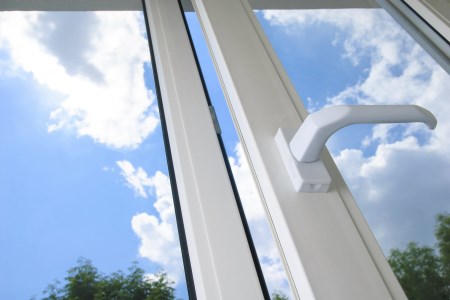Managing solar heat gain, light transmission, and glare have become critical pain points, as the use of architectural glass has grown globally and the pressure from building codes and standards to manage heat gain have risen. Compared to competing technologies such as switchable glazings, aerogel glazings, and daylighting skylights, after-market solar control films offer a low-cost, short-payback-period technology that can address the much larger retrofit market. Despite this promise, there are significant specific concerns to overcome, particularly perceptions of thermal stress build-up and inertia induced by specified incumbent technologies like low-emissivity glass and external shading. Even with these adoption challenges, energy security and regulatory drivers will propel the market from today’s $450 million to $863 million by 2018. The factors driving adoption across the globe vary by geography. While Europe continues along a path of relative macroeconomic paralysis, near Net Zero Energy Building (nNZEB) mandates keep the demand for solar control films constant. In contrast, Asia-Pacific grows at 20% per year driven by the adoption of Passive House in Korea and China. Falling in the middle of these growth extremes, the east and west coasts of the U.S. drive the market due to strong city- and state-level policy support.
For solar control film adoption to proliferate, the decision-makers in the value chain need to be identified and the perspectives of early adopters, early resistors, and the as-yet unaware or ill-informed need to be taken into consideration. There is greater familiarity with incumbent technologies that must be combated, requiring demonstration of the upside to hurdle adoption barriers. Warranty issues arise from residential window manufacturers requiring development of relationships with glazing OEMs to mitigate barriers, and with ESCOs such as Siemens and property management firms like Jones Lang Lasalle and CBRE to create pull. Finally, building energy simulations from the likes of Sefaira can provide granular energy assessment and payback estimates.
Of course, from a value proposition perspective there is much that can be done by incumbents and new entrants alike beyond managing inertia- and perception-based issues. Improving durability of existing solutions and developing tools for predicting project-specific energy savings represent concrete steps to accelerate market growth and grow market share for current value-chain participants. Data on thermal stress build-up in assemblies, including failure modes such as seal breakage, will allow better warranty longevity. Also related to durability, marketing films with a lower coefficient of thermal expansion, such as biaxially-oriented polyesters, will open up further paths to adoption. Despite a relatively aggregated market, there are technology-driven paths for prospective new entrants in the space. Waterborne ceramic oxide coatings, such as those offered by Advenira Coatings, offer an entry point for polyolefin film manufacturers into the solar control films market, a space previously limited to polyesters, polycarbonates, and fluoropolymers. Polyolefins and acrylics can also be positioned as low-cost alternatives to polyester substrates, particularly in emerging economies.
In reality, solar control films offer a path to growth for all participants in the value chain, through improved energy efficiency with relatively short payback periods at one end, to penetration for all-too-familiar materials for which new markets are few and far between at the front end.




















